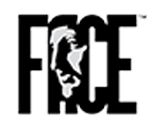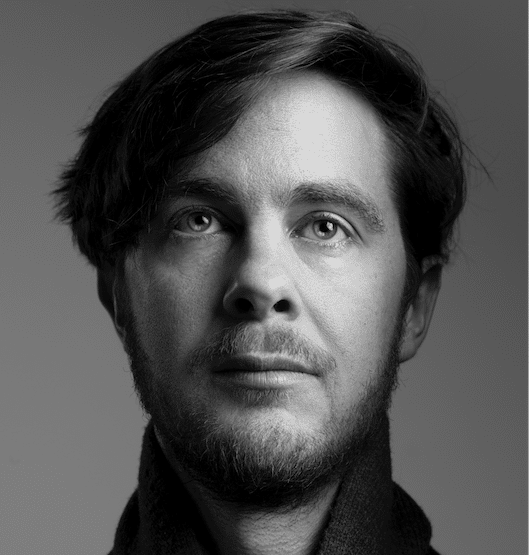BA UC Berkeley
Juxtapoz
Real-Photoism
As the digital age continues to ramp up its speed of change and development, 3d scanning and printing are making it easier to create what looks like a handmade painting. Many artists working today use forms of digital printing to create works that are then placed on the market as oil paintings. Some of these artists are forthright in revealing how they have created the art objects, while others fraudulently mislabeled the work. Adding a little paint over an inkjet printed image on canvas is not really an oil on canvas, while calling it mixed-media is a little better it is still a label that does not identify the process and materials. These art objects appear to be made with incredible skill, resembling photo realism paintings. However, they are barely handcrafted at all, and I suggest that they belong to a genre that could be called Real-photosim; it’s really photo with paint on it.
Historically paintings fetch higher market value prices than photographs or photoshop created images. Transforming a digital file into a painted object makes it possible to monetize on the conception of a composition. Some artists use the digital file to guide them in creating a painting, completely hand drawing and painting from a computer monitor. Then there are artists who project or grid printouts of these digital images as guides for painting. And then of course there are the artists who print the image digitally to a surface such as a canvas and then work on top of of it, sometimes only placing thick brush strokes in the highlights.
In the following essay/lecture, I would like to look at how several artists use photoshop and photography to create their artworks, while sharing a few anecdotes from my experience in art world journalism that involve the representation of altered digital prints with overworking as paintings, the genre I will call Real-photoism. In this section, i would like to look more specifically at the representational works of Gottfried Helnwien, Robert Craig, Dan Witz, and Thomas Kincaid.
About David
David Molesky (b.1977) is a New York City based painter and writer. Molesky grew up in Washington DC and received his BA from UC Berkeley in 1999. Over the past 25 years, Molesky has painted a variety of subject matter in oils, including turbulent seawater, forest fires, archetypal narratives, and most recently riots. He focuses on universal humanistic themes and the experience of the sublime and beautiful. These paintings have been featured in museum exhibitions across the globe including: the Baltimore Museum of Art, Maryland; Pasinger Fabrik, Germany; The Museum Casa Dell’Architettura, Italy; Telemarksgaleriet, Norway; and the Long Beach Museum of Art, California. Molesky’s paintings are in the permanent collection of the Long Beach Museum of Art among other public collections on both coasts and in Europe. He is the recipient of several artist residency awards through the Morris Graves Foundation, California; Fine Art Base, California; and the Fundacja Nakielska, Poland. Molesky and his work have been featured in many publications including, to name a few: New American Painting, Juxtapoz, Hi Fructose, OC Weekly, LA Times, Widewalls, and The Washington Post.


